- Nature / Scenery
- History / Culture
- Gourmet
- Traditions / Performing Arts
- Experiences
- Buildings
No.f_0019
Not Just Kinosaki Onsen! Enjoy a Stroll in the Castle Town of Izushi!
A 30-minute bus ride from Toyooka City, surrounded by mountains and hazy rural landscapes, brings you to the charming castle town of Izushi (about an hour by public transport from Kinosaki Onsen). This town feels like it has been gently left behind by the flow of time, in a good way.
Walking through the streets and encountering warm-hearted locals, I felt a sense of nostalgia and discovered a "hidden gem" in Izushi that I had forgotten amidst the busy daily life and tourist spots. Let’s explore what makes Izushi so appealing.
A Small Treasure Box Filled with History and Charm
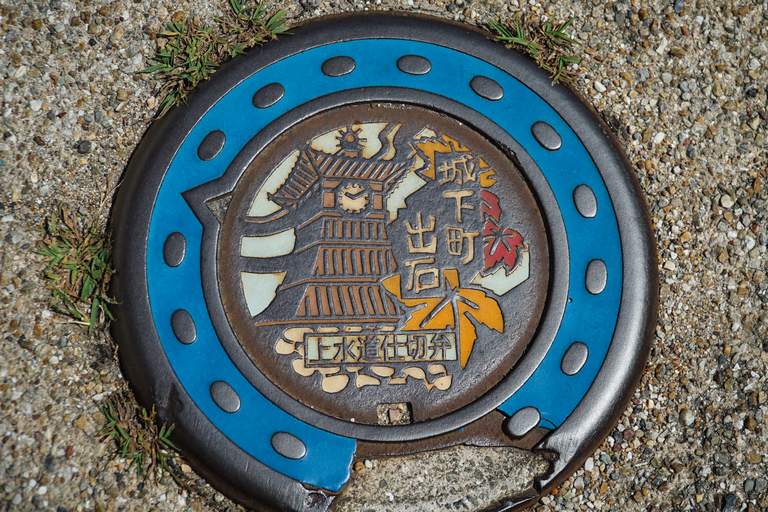
Once a thriving center of Tajima Province (now northern Hyogo Prefecture), the historic castle town of Izushi flourished in the 17th century (Edo period). The town, centered around Izushi Castle, still retains much of its historical charm, earning it the nickname "Little Kyoto of Tajima."
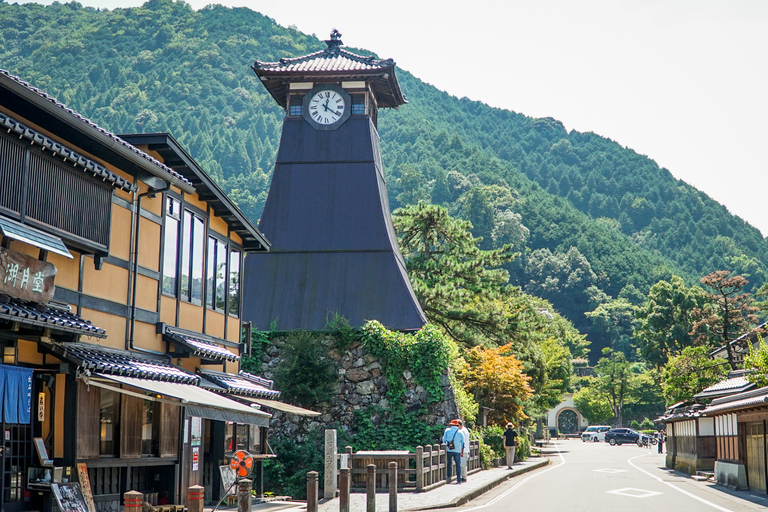
The symbol of Izushi is the “Shinkoro.” Built in 1871, this structure houses a drum that signals the time, and it became the current clock tower in 1881. It is Japan’s oldest clock tower and continues to keep time today. Surrounding Shinkoro are streets that have remained since the Edo period, lined with souvenir shops and soba restaurants, allowing visitors to enjoy a leisurely stroll.
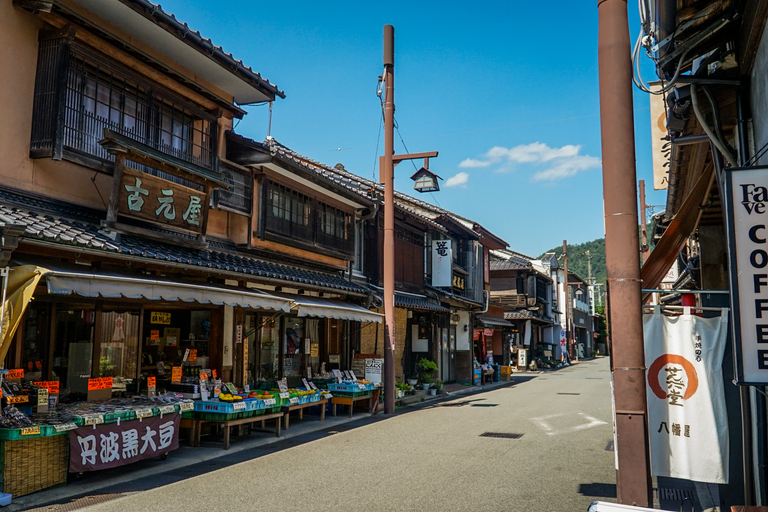
Close to Shinkoro is the site of Izushi Castle.
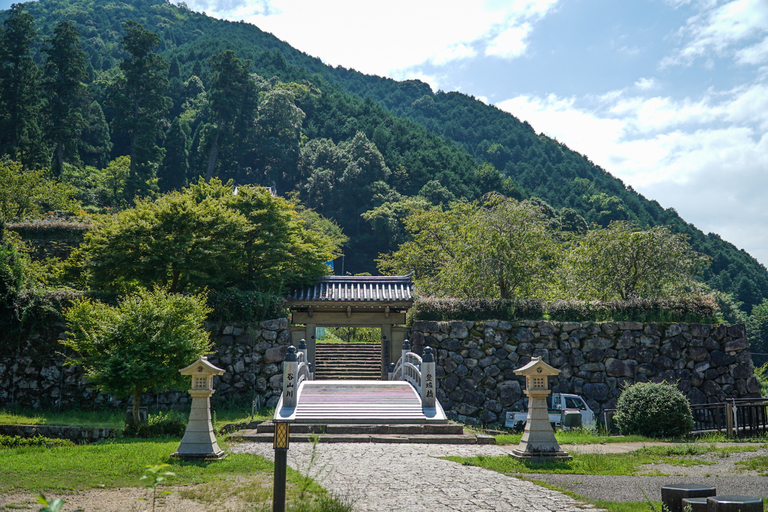
While the central part of the castle no longer exists, impressive stone walls from the original structure remain, along with a restored yagura (turret), entrance gate, and bridge. From the castle ruins, you can get a panoramic view of the town, offering seasonal scenery to enjoy.
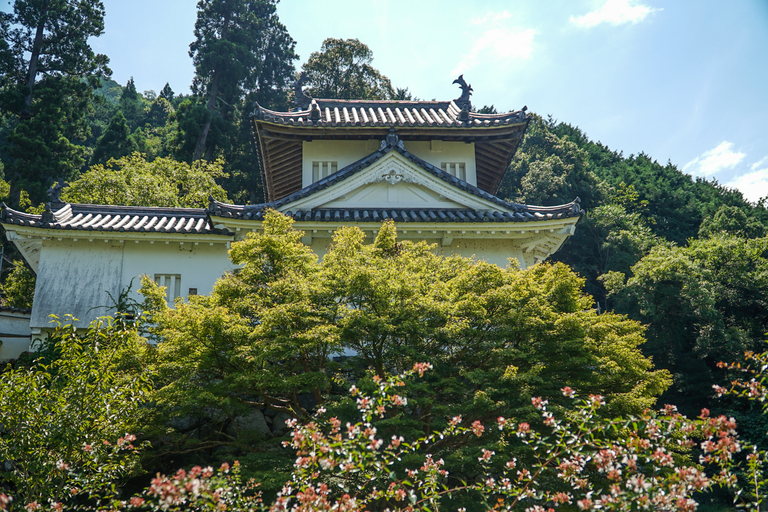
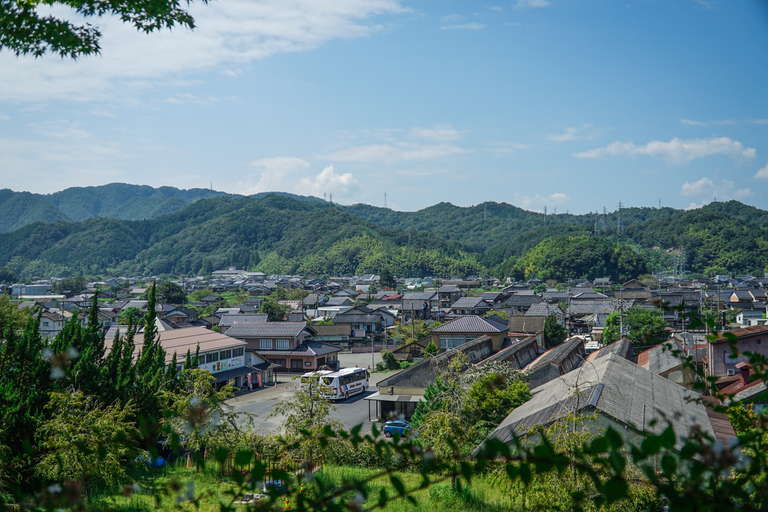
Next to the castle ruins is the “Arikoyama Inari Shrine,” with its rows of torii gates reminiscent of Kyoto's Fushimi Inari. Its charm draws visitors who enjoy taking photos.
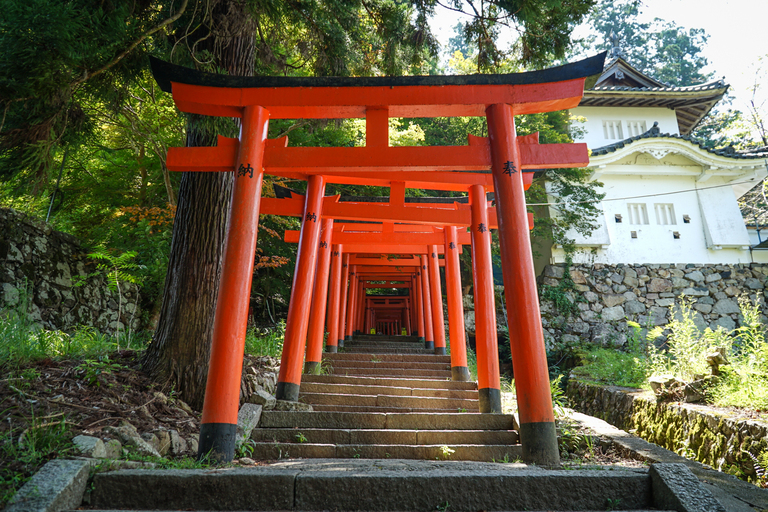
As you walk through the town, you'll notice how compactly it's designed. Like many castle towns across Japan, Izushi is made for walking, making it perfect for sightseeing while capturing the feel of life as it was lived in the past.
A Theater That Lives Beyond Time: “Izushi Eirakukan”

One must-visit spot in Izushi is the theater “Izushi Eirakukan,” built in 1901. Eirakukan is the oldest existing theater in the Kinki region, still hosting events such as kabuki performances, film screenings, and concerts. Local students sometimes perform on the same stage, indicating its deep connection to the community.
“The existence of Eirakukan today is thanks to the local people's desire to preserve it,” says Mr. Akaura, the theater director. Amidst the demolition of similar mid-sized theaters, local citizens rallied together to appeal to city officials, leading to major renovations in 2008.
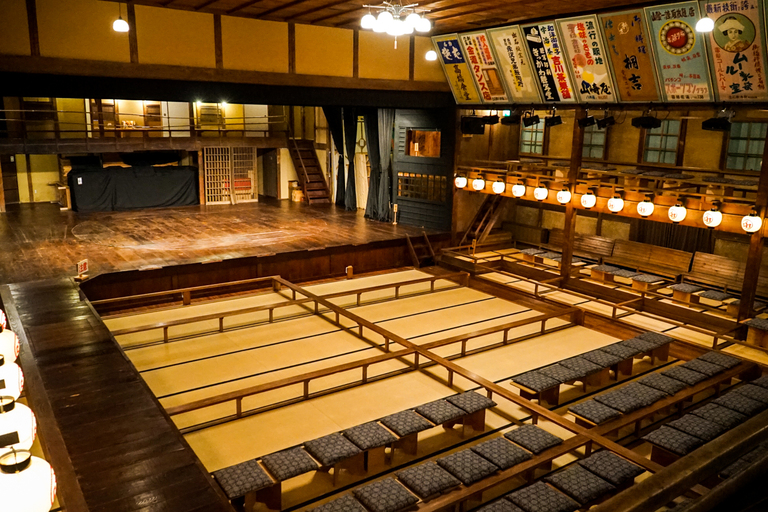
Eirakukan's charm lies in its preserved structure and facilities from its inception. The theater retains features like the hanamichi (a walkway for performers) and sajiki (box seats). The restoration, while endeavoring to preserve as much of the original structure as possible, included seismic upgrades and tatami replacement. Upon entering, you’re greeted by a space that embodies the essence of "extraordinary."
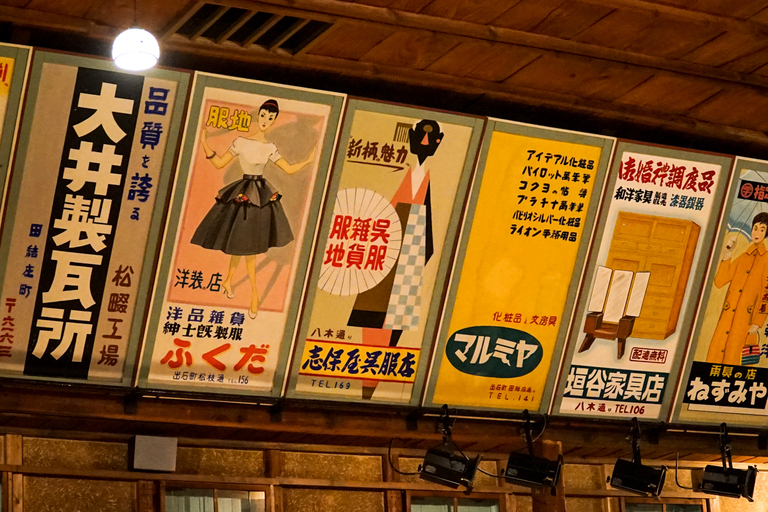
The retro hand-painted signs hanging from the ceiling were made by a local sign painter. All the advertisers were local businesses, some still in operation today.
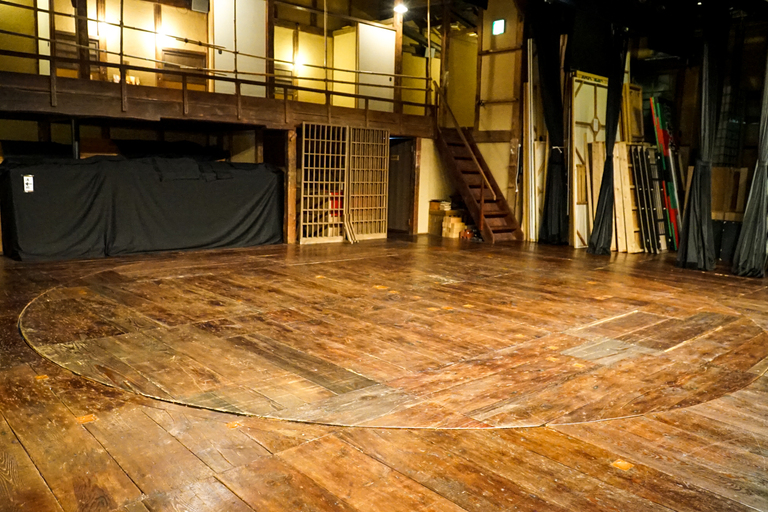
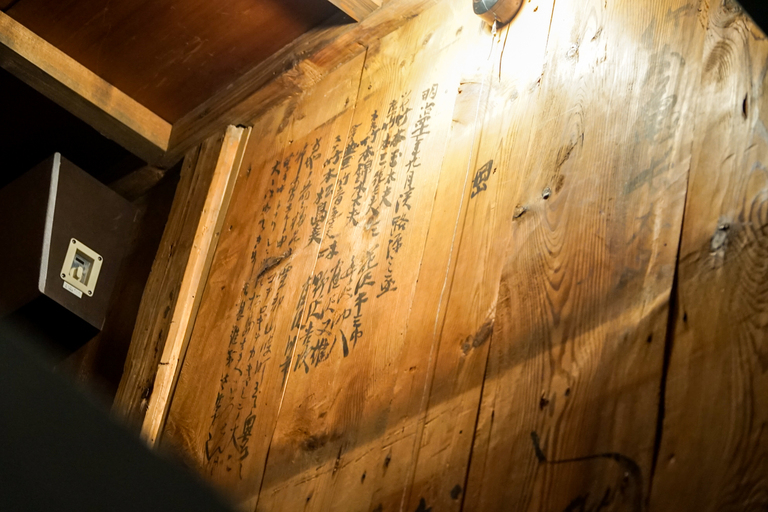
With pathways leading from the stage to the audience, and a revolving stage for scene transitions, it feels like stepping back into a bygone era. The backstage area includes dressing rooms and a bath used by performers, with remnants of candle marks on the window frames—a remarkable testament to the past.
You can even see scribbles left by performers from 1908.
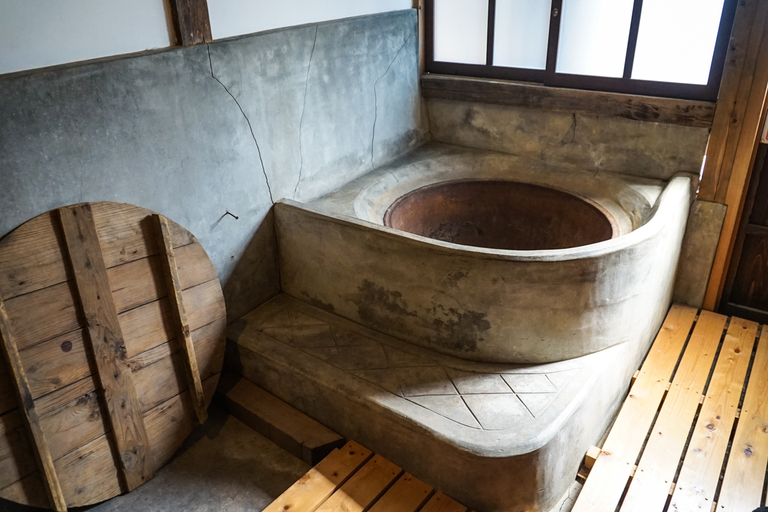
Among its highlights is the ingenious mechanism of the revolving stage, which can rotate 180 degrees to reveal different scenes. Visitors can explore the stage’s underbelly to witness this craftsmanship firsthand.
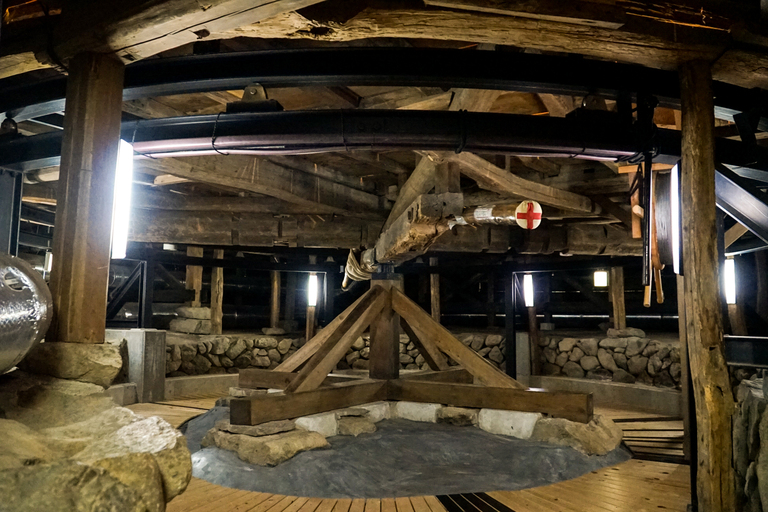
The decline of such theaters is attributed to the diversification of entertainment options. While theater was once immensely popular, it has been overshadowed by movies, television, and countless forms of entertainment available on smartphones. Still, Eirakukan holds “a special meaning that can only be experienced here.”
Savoring “Izushi Sarasabou”

When in Izushi, you can’t miss the local specialty, “Izushi Sarasabou.” This unique style features five small plates of soba, allowing you to savor each one individually. Its history dates back to 1706 when Masaakira Sengoku, the lord of Ueda in Shinshu (now Nagano Prefecture, famous for soba), brought many soba artisans to the area.
With his governance, the traditional craft of Izushi ware became well-known, leading to the current serving style where soba is served on these distinct plates.
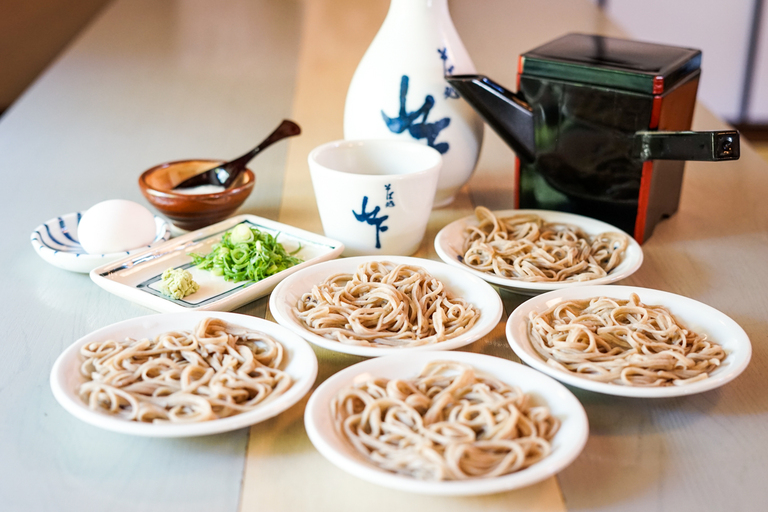
The Izushi Sarasabou I enjoyed at “Yamashita” was rich in flavor and had a firm texture, making it a simple yet satisfying dish. The restaurant also offers a fun challenge: finish over 20 plates, and you’ll receive a “Soba Connoisseur” certificate—perfect for those with hearty appetites!
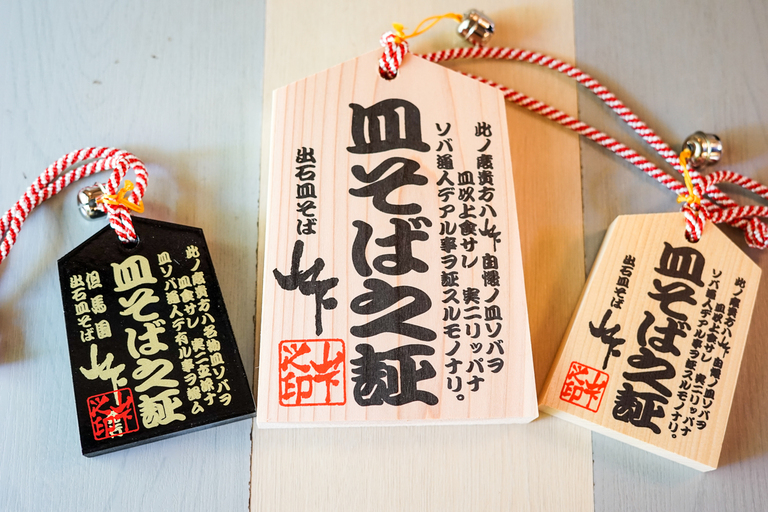
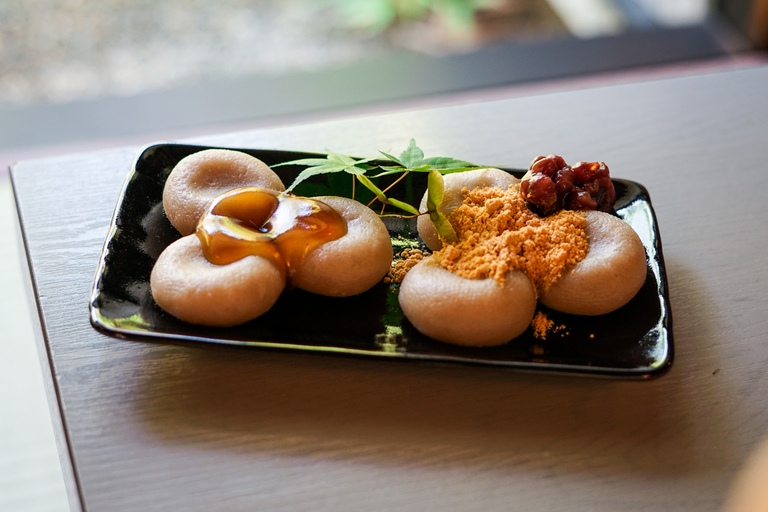
Don’t forget to try their soba-based sweets, such as “soba pudding,” “soba ice cream,” and “soba dumplings.” The photo above shows “soba dumplings” with kinako (roasted soybean flour) and mitarashi (sweet soy glaze)—a simple sweetness that melts in your mouth.
Learn About History at the Izushi Historical Museum
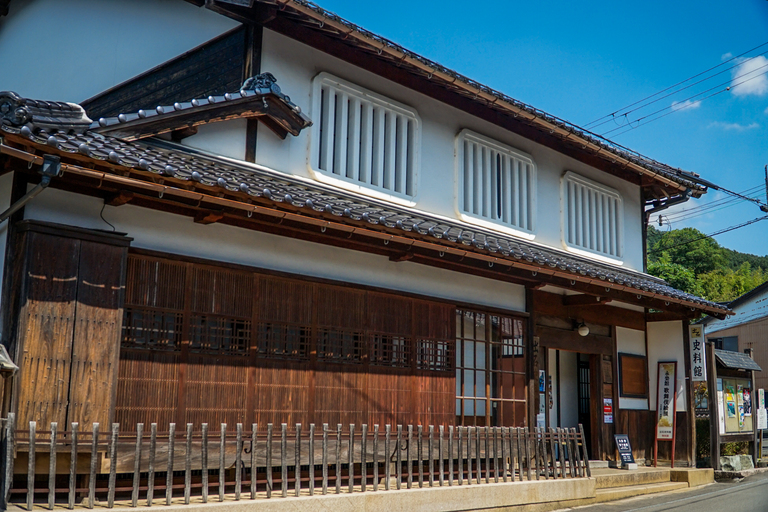
If you want to dive deeper into Izushi’s history, be sure to visit the Izushi Historical Museum. Housed in the former residence of a wealthy silk merchant from the Meiji period (1868-1912), the museum showcases historical materials related to Izushi, including armor and weapons.
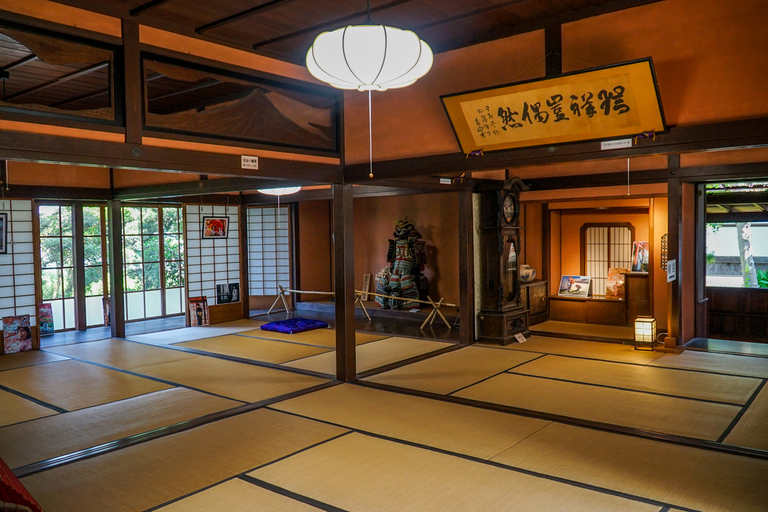
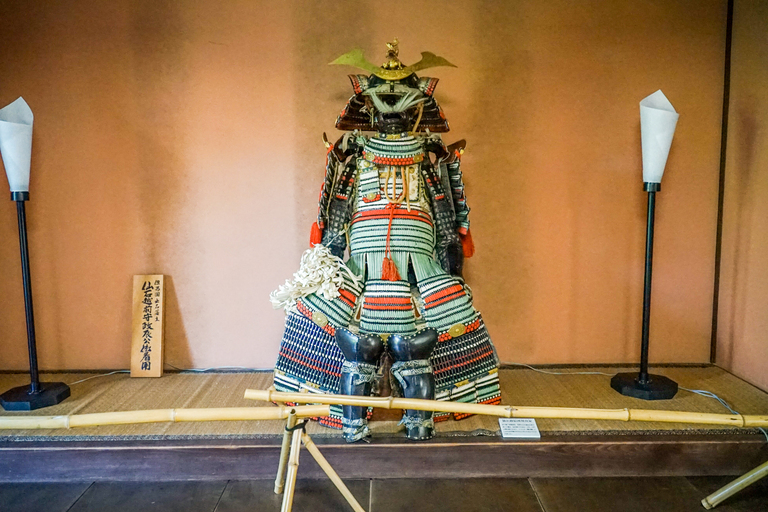
The building itself is a valuable cultural asset, featuring “sukiya-zukuri,” a traditional Japanese architectural style known for its simplicity and connection to nature.
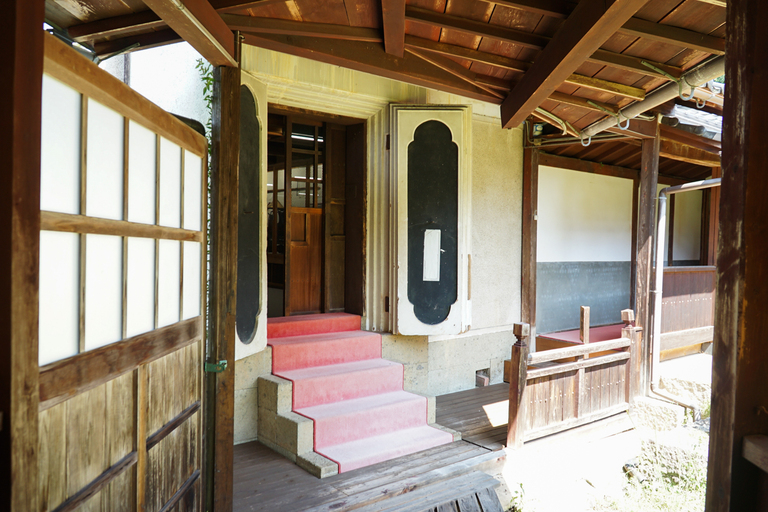
Conclusion:
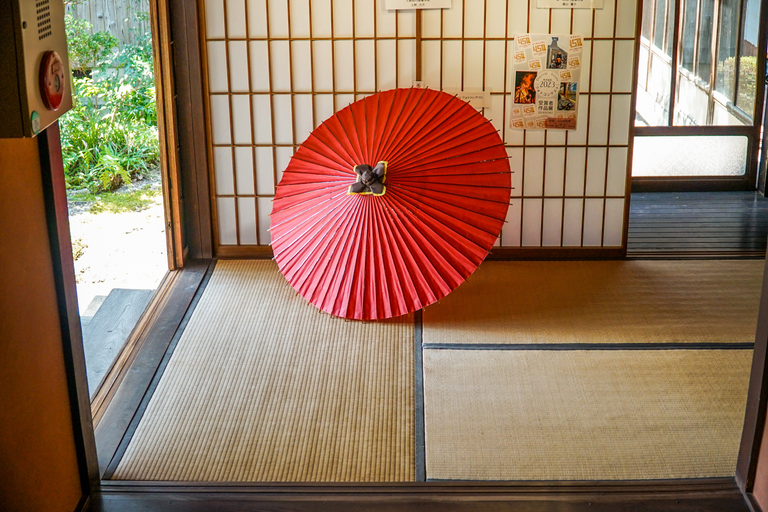
Izushi is a compact town rich in historical culture and delicious cuisine. Here, you’ll find the remarkable craftsmanship that has preserved buildings for hundreds of years, along with the heartfelt efforts of those who cherish their history. When heading towards Kinosaki, consider stopping by Izushi to explore Shinkoro and the castle ruins, enjoying a nostalgic stroll through the charming streets, and experiencing a moment that feels like stepping back in time.
For more information on Izushi and surrounding attractions, check here.
Shinkoro
Address: Izushi Town, Toyooka City, Hyogo Prefecture (Google map)
Hours: Open for viewing 24 hours
Closed: None
Website: visitkinosaki.com/things-to-do/shinkoro-clock-tower/
Izushi Castle Ruins
Address: 98 Izushi Town, Toyooka City, Hyogo Prefecture (Google map)
Hours: Open for viewing 24 hours
Closed: None
Website: visitkinosaki.com/things-to-do/izushi-castle-ruins/
Izushi Eirakukan
Address: 17-2 Yanagi, Izushi Town, Toyooka City, Hyogo Prefecture (Google map)
Hours: 9:30 AM - 4:30 PM
Closed: Thursdays
Website: visitkinosaki.com/things-to-do/izushi-kabuki-theatre/
Izushi Sarasabou Yamashita
Address: 1 Taiyuzou, Izushi Town, Toyooka City, Hyogo Prefecture (Google map)
Hours: 10:00 AM - 5:00 PM (3:00 PM on weekdays)
Closed: Tuesdays
Website: izushi-yamashita.com (Please use the translation feature on the site)
Izushi Historical Museum
Address: 78 Yoidai, Izushi Town, Toyooka City, Hyogo Prefecture (Google map)
Hours: 9:30 AM - 5:00 PM (Last entry at 4:30 PM)
Closed: Tuesdays
Website: visitkinosaki.com/things-to-do/izushi-history-museum/
Date : 2024.10.28



